“Am I overtraining?” This question could be a game-changer for athletes pushing their limits, as overtraining can spike creatine kinase (CK) levels, a key indicator of muscle damage that may sabotage performance, delay recovery, and even lead to serious health risks like rhabdomyolysis. CK, an enzyme vital for energy production in your muscles, heart, and brain, leaks into the bloodstream when muscles are stressed or injured, signaling everything from post-workout soreness to critical conditions. For athletes, fitness buffs, or anyone hitting the gym hard, mastering CK levels is the key to unlocking peak performance and staying healthy. In this blog, we’ll unravel what CK is, why it spikes, the dangers of ignoring it, and how to naturally lower it with tools like Xendurance’s Extreme Endurance supplement, backed by science and a compelling real-world case study.
What is Creatine Kinase?
Creatine kinase is an enzyme that facilitates the conversion of creatine and adenosine diphosphate (ADP) into phosphocreatine and adenosine triphosphate (ATP), the primary energy currency for muscle cells. It exists in three forms: CK-MM (found in skeletal muscles), CK-MB (in the heart), and CK-BB (in the brain). When muscle tissue is damaged—whether from intense exercise, trauma, or disease—CK leaks into the bloodstream, causing elevated levels detectable through blood tests.
Normal CK levels vary by age, gender, and activity level, typically ranging from 38–174 U/L for men and 26–140 U/L for women. However, after strenuous exercise, CK levels can rise significantly, sometimes exceeding 1,000 U/L, indicating muscle stress or damage. Extremely high levels, often above 5,000 U/L, may suggest rhabdomyolysis, a potentially life-threatening condition.
How Does Creatine Kinase Develop?
Elevated CK levels develop when muscle fibers break down, releasing their contents into the bloodstream. Common causes include:
- Intense Exercise: Prolonged or high-intensity activities like ultramarathons, weightlifting, or CrossFit can cause significant muscle damage, especially if the body isn’t conditioned for the workload. Eccentric contractions (muscle lengthening under tension, like downhill running) are particularly taxing.
- Trauma: Physical injuries, such as crush injuries or prolonged immobilization, can trigger muscle breakdown.
- Medications and Toxins: Certain drugs (e.g., statins, antipsychotics) and substances (e.g., alcohol, cocaine) can induce muscle damage.
- Infections and Diseases: Viral infections, metabolic disorders, or muscular dystrophies may elevate CK levels.
- Non-Traumatic Factors: Electrolyte imbalances, hypothermia, or genetic conditions like metabolic myopathies can also contribute.
Athletes are particularly prone to exercise-induced CK elevations, with levels often peaking 24–48 hours post-exercise and returning to baseline within days if recovery is adequate. However, repeated intense workouts without proper rest can sustain high CK levels, increasing the risk of complications.
Why Should You Be Aware of Creatine Kinase Levels?
Monitoring CK levels is crucial for several reasons:
- Indicator of Muscle Damage: Elevated CK signals muscle stress, which, if ignored, can impair performance and prolong recovery.
- Risk of Rhabdomyolysis: Extremely high CK levels may indicate rhabdomyolysis, where muscle breakdown releases myoglobin, a protein toxic to the kidneys, potentially leading to acute kidney injury (AKI) or failure.
- Performance Optimization: High CK levels can cause muscle soreness and fatigue, hindering training progress. Managing CK supports faster recovery and better athletic outcomes.
-
Health Monitoring: Recurrent or unexplained CK elevations may point to underlying medical conditions requiring investigation, such as metabolic disorders or recurrent rhabdomyolysis.
Awareness of CK levels empowers you to adjust training intensity, prioritize recovery, and seek medical attention if levels become dangerously high.
Understanding Rhabdomyolysis
Rhabdomyolysis is a serious medical condition characterized by rapid muscle breakdown, often diagnosed when CK levels exceed 5–10 times the upper limit of normal (1,000–5,000 U/L or higher). It’s prevalent among athletes, military personnel, and firefighters due to intense physical demands. Symptoms include muscle pain, weakness, dark (tea-colored) urine, and, in severe cases, kidney dysfunction.
The condition arises when damaged muscle releases myoglobin into the bloodstream, overwhelming the kidneys’ filtering capacity. Myoglobin can cause renal vasoconstriction, cast formation in tubules, and direct cytotoxicity, leading to AKI in up to 30–50% of cases.
Other complications include electrolyte imbalances (e.g., hyperkalemia, hypocalcemia) and disseminated intravascular coagulation.
Causes range from exertional (overtraining, heat stress) to non-exertional (trauma, drugs, infections). CrossFit athletes and military warfighters have seen rising cases due to high-intensity functional training. Prevention involves gradual training progression, adequate hydration, and avoiding extreme workouts in hot conditions. Treatment requires aggressive fluid resuscitation, electrolyte management, and, in severe cases, dialysis.
Naturally Lowering Creatine Kinase Levels
Reducing CK levels naturally focuses on minimizing muscle damage, enhancing recovery, and supporting cellular health. Strategies include:
- Hydration: Adequate fluid intake flushes myoglobin from the kidneys and prevents dehydration, a risk factor for rhabdomyolysis. Aim for clear urine as a hydration marker.
- Rest and Recovery: Allowing 48–72 hours between intense workouts gives muscles time to repair, reducing cumulative CK elevation.
- Nutrition: Anti-inflammatory and antioxidant-rich foods (e.g., berries, leafy greens, omega-3s) combat oxidative stress, a contributor to muscle damage.
-
Supplements: Certain ingredients can lower CK by reducing inflammation, buffering acidity, and supporting muscle repair.
Xendurance’s Extreme Endurance: A Game-Changer
Xendurance’s Extreme Endurance is an all-natural sports supplement designed to enhance athletic performance and recovery by reducing muscle damage and CK levels. Backed by 12 clinical studies, including two published, gold-standard, double-blind, placebo-controlled trials, Extreme Endurance has been trusted by elite athletes since 2008. Its key benefits include:
- Reduced Muscle Soreness: Athletes report less soreness and faster recovery.
- Lower CK Levels: Studies show significant CK reduction after supplementation.
- Improved Stamina: Enhances aerobic threshold and VO2 max.
-
Antioxidant Support: A 39% reduction in oxidative stress in 10 days, combating free radical damage.
Key Ingredients in Extreme Endurance
Extreme Endurance’s formula includes natural ingredients targeting muscle health and CK reduction:
- Calcium Carbonate: Strengthens muscle and bone function while helping to buffer lactic acid, reducing muscle acidity during exercise. Lower acidity minimizes muscle breakdown and CK release.
- Papain: An anti-inflammatory enzyme from papaya that reduces post-exercise muscle soreness and inflammation, aiding recovery and lowering CK.
- Magnesium: Supports muscle relaxation and energy production. Extreme Endurance provides an optimal dose, and users are advised to avoid high-dose magnesium supplements to maintain efficacy.
- Electrolyte Blend: Maintains hydration and prevents imbalances that could exacerbate muscle damage.
- Antioxidants: Combat oxidative stress, a major driver of muscle damage and CK elevation.
The Science Behind Extreme Endurance
A 2014 open-label study led by scientist Jurgen Sessner tested Extreme Endurance on 31 cross-functional athletes (aged 20–48) over seven days. After supplementation, CK levels dropped significantly, alongside a 15% reduction in lactic acid and double-digit increases in aerobic threshold. Athletes reported less soreness and quicker recovery, suggesting reduced muscle trauma.
Another study demonstrated a 39% reduction in oxidative stress after 10 days, crucial since oxidative stress amplifies muscle damage and CK release. By optimizing body pH and neutralizing free radicals, Extreme Endurance creates an environment conducive to muscle repair and CK reduction. These findings align with broader research on antioxidants and anti-inflammatory agents in mitigating exercise-induced muscle damage.
The supplement’s daily dosing (three tablets morning and evening) ensures consistent benefits, with studies showing greater efficacy over time. Athletes using Extreme Endurance for over a decade report sustained performance and recovery gains, underscoring its long-term potential.
Case Study: A Real-World Example
Consider the case of a 30-year-old African American male with recurrent rhabdomyolysis, detailed in a 2024 case report. He presented with a CK level of 275,685 U/L—among the highest ever recorded—following mild trauma, with no apparent cause like intense exercise or drug use. Despite the extreme CK elevation, he avoided AKI, likely due to young age and timely medical intervention, including IV fluids and monitoring. His history included a prior rhabdomyolysis episode, suggesting a possible metabolic myopathy, though further testing was inconclusive after he was lost to follow-up.
This case highlights the unpredictability of CK elevations and the importance of early detection. While the patient didn’t use Extreme Endurance, his experience underscores the need for preventive strategies like supplementation, hydration, and moderated exercise to manage CK levels and avoid recurrent episodes. Had he incorporated a supplement like Extreme Endurance, the anti-inflammatory and antioxidant properties might have mitigated muscle damage and supported recovery, potentially lowering his CK levels more rapidly.
Practical Tips for Using Extreme Endurance
To maximize CK reduction with Extreme Endurance:
- Follow Dosage Guidelines: Take three tablets in the morning and three at night, with or without food, for consistent results.
- Stay Hydrated: Pair supplementation with ample water intake to support kidney function and myoglobin clearance.
- Monitor Training Load: Avoid overtraining by incorporating rest days and varying workout intensity.
- Combine with Nutrition: Eat a balanced diet rich in antioxidants and anti-inflammatory foods to amplify the supplement’s effects.
-
Consult a Professional: If you suspect high CK levels or rhabdomyolysis, seek medical advice and consider blood tests to monitor progress.
Safeguarding Your Body from Overtraining
Elevated creatine kinase levels are a red flag for muscle damage, with potential consequences ranging from delayed recovery to life-threatening rhabdomyolysis. By understanding CK’s role, causes, and risks, you can take proactive steps to manage it naturally. Xendurance’s Extreme Endurance stands out as a scientifically backed solution, leveraging ingredients like calcium carbonate, papain, and antioxidants to lower CK, reduce soreness, and enhance performance. Supported by clinical studies and real-world use, it’s a valuable tool for athletes and active individuals. Combined with hydration, rest, and smart training, Extreme Endurance can help you keep CK levels in check, protect your health, and unlock your full potential. Always consult a healthcare provider if you suspect abnormal CK levels or rhabdomyolysis symptoms, and consider integrating evidence-based supplements like Extreme Endurance into your routine for optimal recovery and performance.


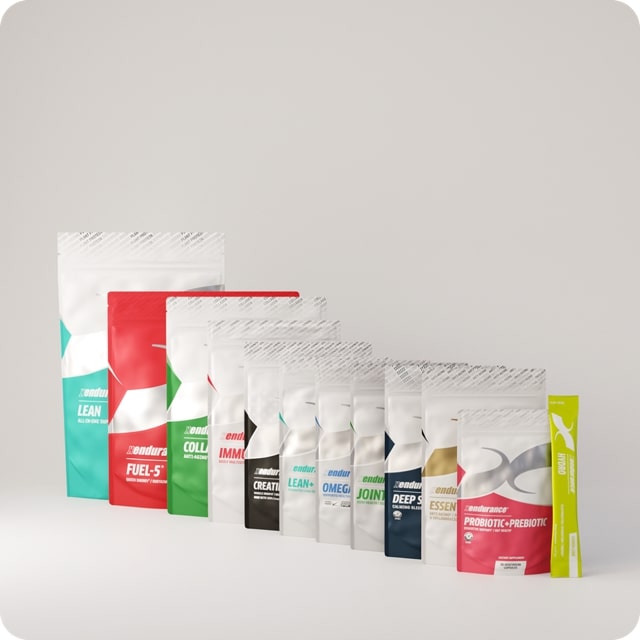
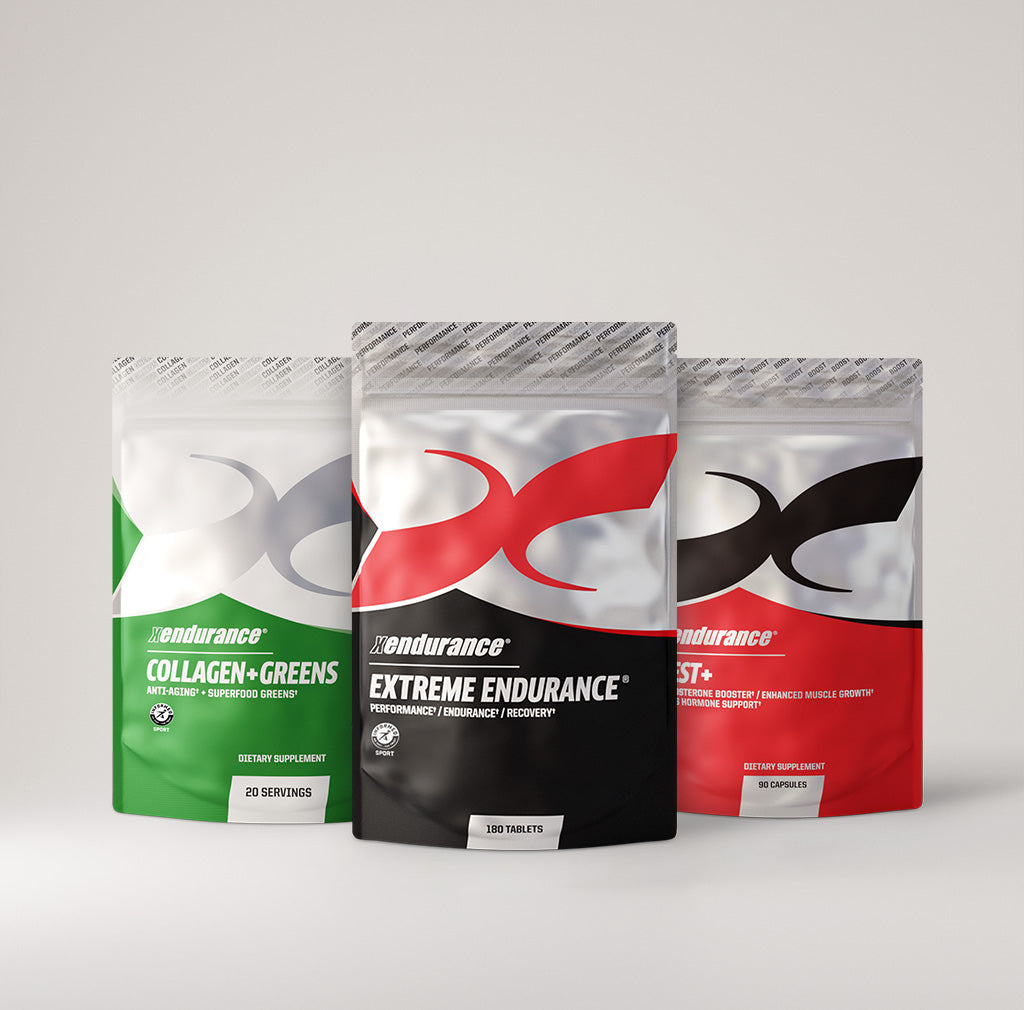
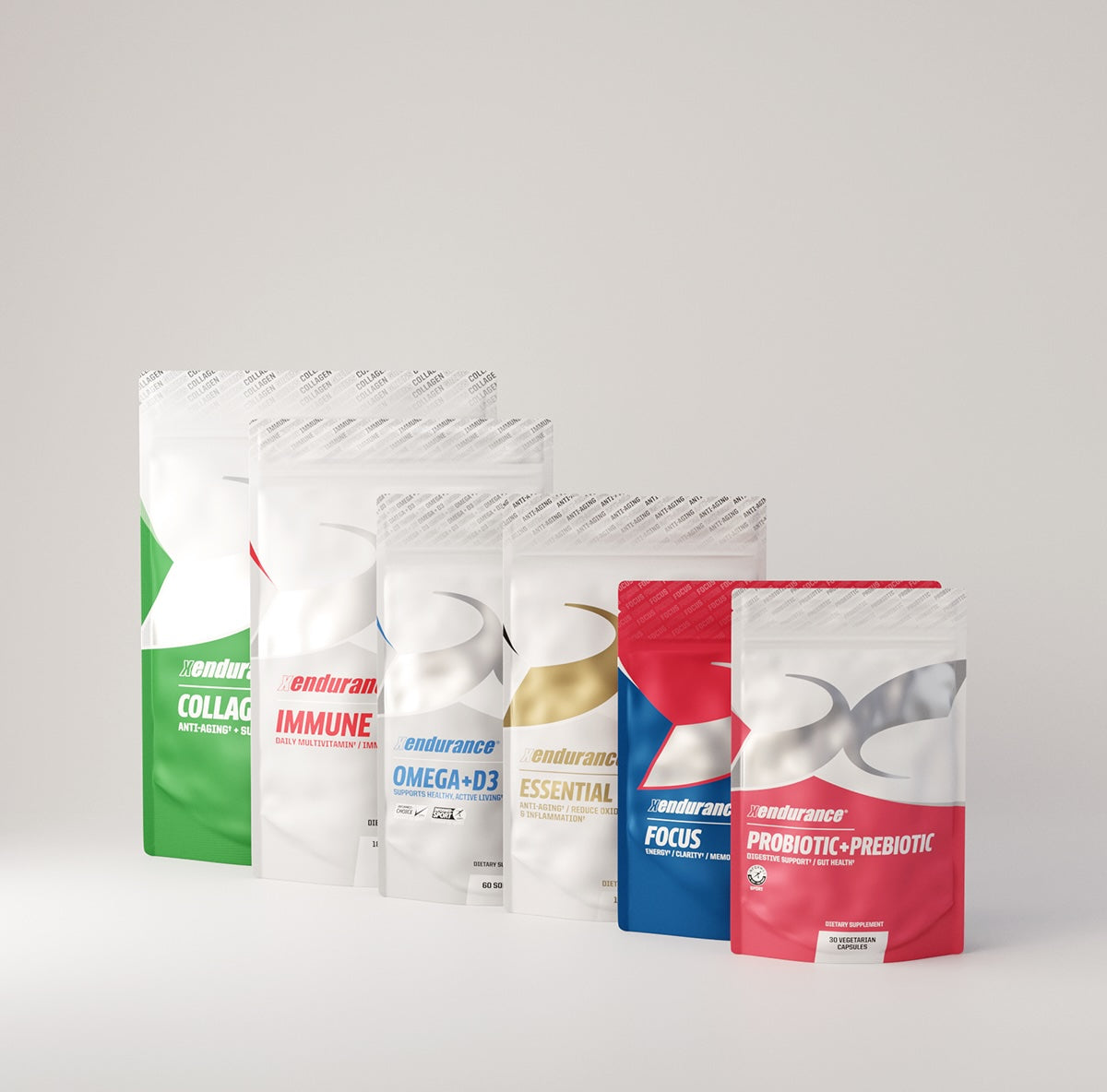
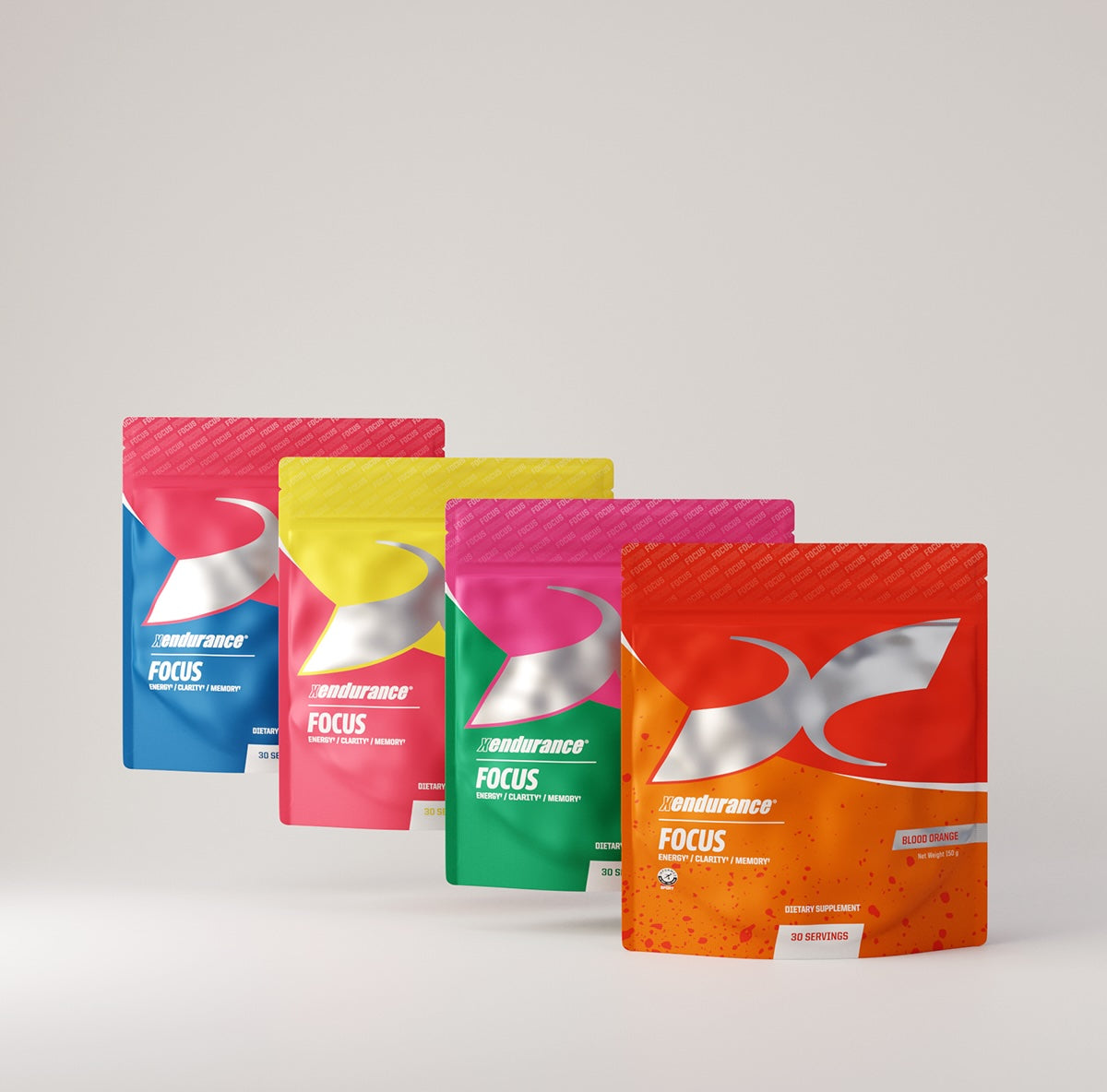


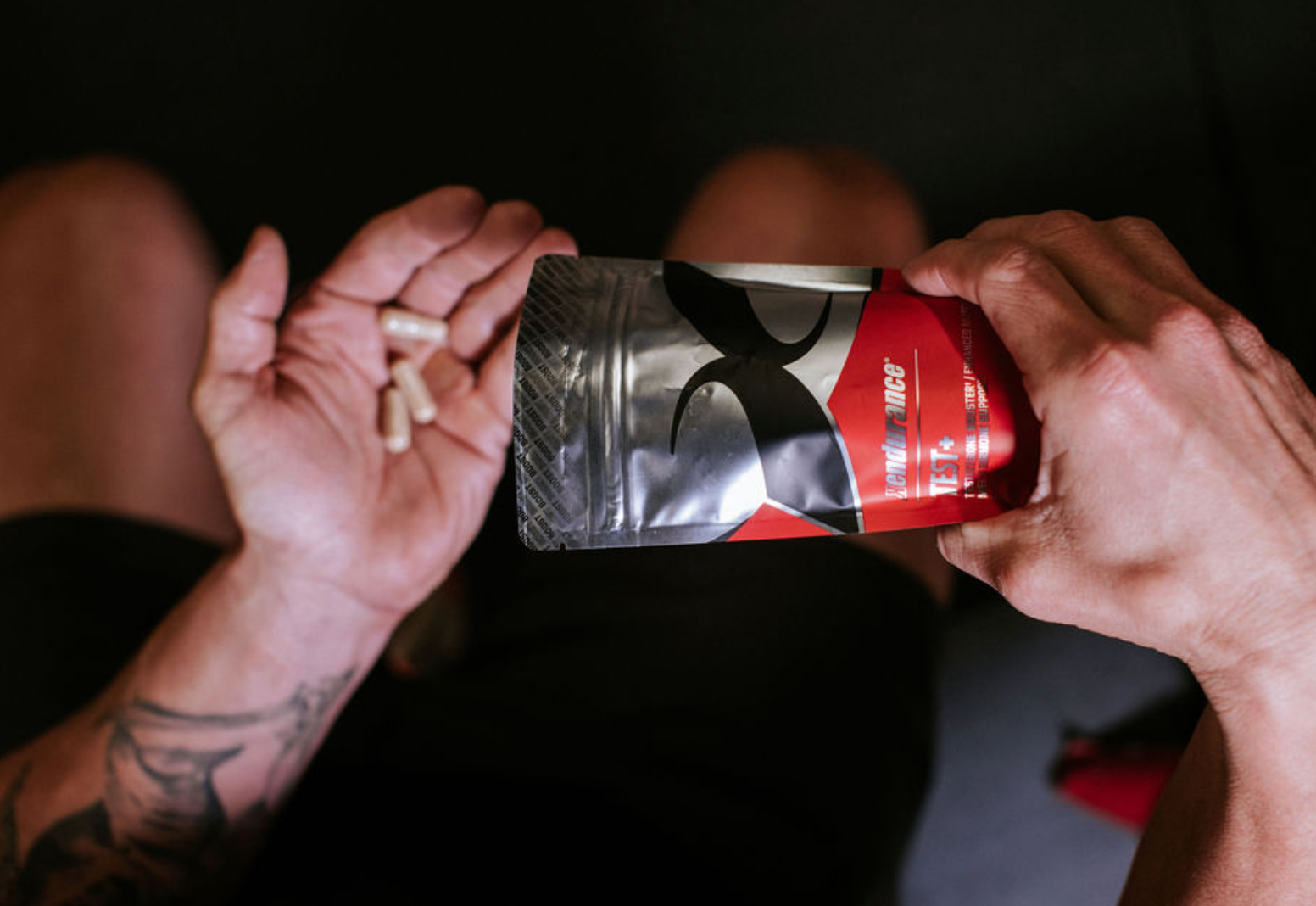
Leave a comment
This site is protected by hCaptcha and the hCaptcha Privacy Policy and Terms of Service apply.